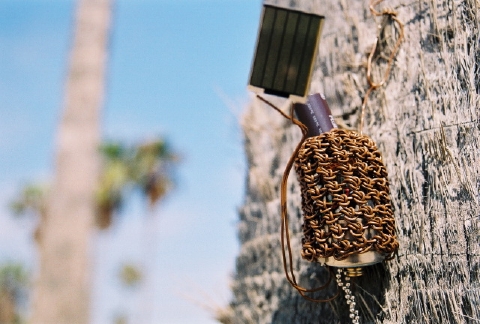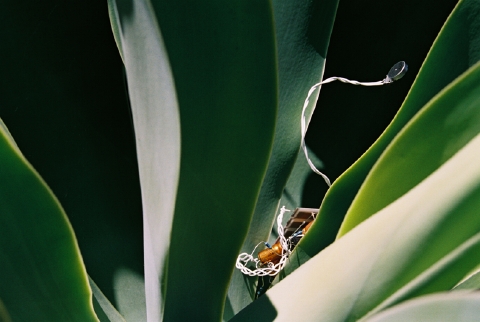PASCAL GLISSMAN
Even though there is no general agreement for the definition of life, there is a cluster of properties connected to life: growth, reproduction, adaption, responsiveness, metabolism, movement. Sometimes autonomy, development, and evolution are also mentioned. In general, life is regarded as a complex biochemical machine. These bio-machines¹ have been available for studies as carbon based life forms for many years now, but at the same time researchers and artists always had a strong interest in simulating biological phenomena through the use of biochemistry, mechanics, robotics or computer models.
It started with simple captures of living organism in statues, drawings and paintings having movable body parts that needed human power to be activated. After further progresses like the early Egyptian water clocks, Clepsydra, based on the technology of water transport and the Pneumatics produced by Hero of Alexandria, the first more complicated forms of simulation have been developed in the age of mechanical clocks. Complex internal catenations made the simulation of life-like motion possible. Famous inventions like the Duck of Vaucanson and the Lady-musician of Pierre Jaquet-Drot (1774) followed and started a new direction of artificial life. The copies of nature became more and more complex leading to contemporary high-tech robots which simulate human senses and movements almost perfectly in certain aspects.
As we can see, one important push for building artificial life was the desire for machines that could help organizing the every day life more comfortable. Today these ’support functions of robots are very complex and only traceable by teams of experts and computer-based systems. Nevertheless the fascination of creating life is still present: not to realize basic functions but as the opportunity to communicate ideas of life and its philosophy in an artistic context. Our motivation is the enthusiasm of creating living things, observe their independent behaviors in lab and nature and peoples reaction when they get in contact with simple life forms. In this case, art is technology. We do not rebuild organic creatures with the feeling of being forced to use ugly technology. We explored technology especially small electronic components and its functions which made us thinking of the ’elf project. It is fascinating to use very un-organic material, put it together in a way that it is still recognizable but adding some simple pure function that gives this living expression.
The whole idea of this project is the exploration of technology and putting it in a new context/environment/perspective which questions the relationship between technology, nature and humans.


